The views expressed in our content reflect individual perspectives and do not represent the authoritative views of the Baha'i Faith.
I wish you could have met Dr. David Ruhe. He passed into the next world in 2005, but while he was here in this one he lived a remarkable Baha’i life and made literally thousands of devoted friends.
I feel lucky to count myself among them.
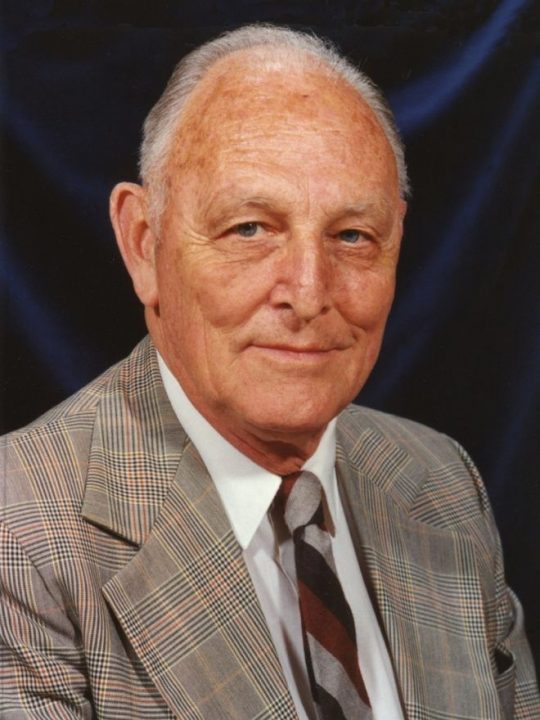
A tall, imposing man with a resounding voice—highly intelligent, and scientific in his orientation—Dr. Ruhe was also deeply spiritual. So let me tell you about my first meeting with Dr. Ruhe, former 25-year member of the Universal House of Justice—who, towards the end of his life, planned to produce a film on Indigenous messengers of God, the subject of this series of articles. Dr. Ruhe was a film producer, as well as an accomplished physician, artist, and writer. You can get a sense of who this remarkable man was from his obituary:
A medical doctor, Dr. Ruhe was also an accomplished film-maker, painter, and author. Graduating from Temple University School of Medicine in 1941, Dr. Ruhe began his medical career during World War II as a malaria researcher in the United States Public Health Service where he was promoted to the rank of Medical Director.
In 1954, Dr. Ruhe was named the first professor of Medical Communications at the University of Kansas Medical School. Among the innovations he introduced there were the use of optical fibers for endoscopic cinematography, the projection of high-definition images in surgical theaters, and videotaping of psychiatric sessions for peer review.
He made scores of medical films, winning the Golden Reel award, the Venice Film Festival award, and the Royal Photographic Society of Great Britain award for his productions. In the course of his work in medical education he was appointed Director of the Medical Film Institute for the Association of American Medical Colleges.
Dr. Ruhe was a prolific writer. In his medical career, he authored many papers and two books on aspects of medicine and medical audiovisual communication.
During his years at the Baha’i World Centre, Dr. Ruhe researched and wrote Door of Hope, [a] detailed explanation of the history and significance of Baha’i holy places in Israel, published in 1983. Later, he wrote Robe of Light, a historical account of Baha’u’llah’s early years, published in 1994. Dr. Ruhe was also an accomplished painter who was trained in the Lehigh Valley school of impressionism.
Upon his 1993 departure from the Universal House of Justice, Dr. Ruhe and his wife, Margaret, returned to New York State where he produced a series of documentary TV programs about the Baha’i Faith.
I first met Dr. Ruhe on August 13, 1994, in the Ames Courtroom at Harvard Law School in Boston, during a session of the 18th Annual Conference of the Association for Baha’i Studies. There, he presented to a large audience of hundreds of people the 1994 Hasan M. Balyuzi Memorial Lecture, entitled, “A New Evolution: Religious Bonding for World Unity.” In his talk he said:
To the warring tribes 700–800 years ago there came an astonishing Prophet of Peace—Deganawida united five, later six, mutually hostile tribal groups in a federal union based on democracy, the first in the Western Hemisphere. He cemented this union with a “Great Law of Peace,” a constitution which propounded one expansive human family….
And thus, in God’s Plan, with Benjamin Franklin and Thomas Jefferson as perceptive mediators, the Bill of Rights and the Constitution were vital steps (after the War of Independence [1775–1783]) toward realizing in America the Iroquois concept of the primacy of individual rights as superior to property and power. And of course the Iroquois foreshadowed, in their Longhouse of sky and earth, the planetary message of the Baha’i Faith for today.
Right after his distinguished lecture, Dr. Ruhe presented me with a special plaque — an Association of Baha’i Studies award for Excellence in Baha’i Studies (University Category). The award recognized my original paper “Native Messengers of God in Canada?: A Test Case for Baha’i Universalism.” Then, about seven years later, Dr. Ruhe wrote me an encouraging letter:
Dear Christopher —
It was a happy thing to find that you are now at Michigan State — a university affiliation which I’ve been too busy to develop as an alumnus — and have lost classmate contact — thus being an active Baha’i and physician! . . .
If you can bring off the “category” idea at the least, and Deganawida as indigenous Prophet at the most[,] it will be a great coup and a great service. … Your mission = to bring respect for spirituality of the original Americans and perhaps much more — pride in Founders of their spiritual systems. . . .
Dave & Meg Ruhe
Dr. Ruhe’s statement — “Your mission = to bring respect for spirituality of the original Americans and perhaps much more — pride in Founders of their spiritual systems” — was a major reason why I launched this “Indigenous Messengers of God” series. For me, that letter helped generate a lifelong goal—to advance Baha’u’llah’s lofty principle of the unity of all the divine messengers:
… within the ocean of divine unity, thou wilt view all the Prophets and Messengers of God as one soul and one body, as one light and one spirit, in such wise that the first among them would be last and the last would be first. For they have all arisen to proclaim His Cause and have established the laws of divine wisdom. They are, one and all, the Manifestations of His Self, the Repositories of His might, the Treasuries of His Revelation, the Dawning-Places of His splendour and the Daysprings of His light.
Later, at a Baha’i School I attended, Dr. David Ruhe was featured as a speaker. He and his wife Meg invited me and my family to share a meal with them one day. Meg Ruhe would always carry a few copies of one popular Baha’i pamphlet, One Universal Faith, in her purse. I asked Mrs. Ruhe if she could give me a copy of one of her pamphlets. She did, and I showed Dr. Ruhe the simple little chart in the pamphlet that listed the names of some major prophets and messengers of God. I then took out my pen and added the line, “Messengers of God to First Nations.” I can’t recall exactly what Dr. Ruhe said, but I will never forget what he did. He stared at that line for some time, and then put the pamphlet in his shirt pocket.
On our way out of the cafeteria, Meg Ruhe whispered to me: “That must be pretty important, because David only puts important things in his shirt pocket.”
A Canadian Baha’i pamphlet, A-de-rih-wa-nie-ton On-kwe-on-we Neh-ha: A Message to the Iroquois Indians, opens with the following words:
Long ago, before the white man came, the Indians were wise and spiritually strong men. They were taught to show justice, truth, honour, love, courtesy, trustworthiness, and patience towards their fellow men. Perhaps the greatest thing they had was the spirit of faith—faith in the great Creator, and in the world of the spirit, which they knew was very close to the world in which they lived.
At different times, to different Indian tribes and nations, there came Indian Teachers sent by God to teach them these things. When the people obeyed these great Teachers, they found much happiness in their lives. Each person knew how to act towards other people as well as towards animals, plants and the earth itself.
Dr. Ruhe agreed with that profound statement: “At different times, to different Indian tribes and nations, there came Indian Teachers sent by God to teach them these things.” He told me he had plans to produce a film on Native American messengers of God. Sadly, he did not live long enough to see that dream come true. Perhaps, by making his dream known, another filmmaker might be inspired to take up this worthy project and see it to its completion—that would be a great service, indeed.


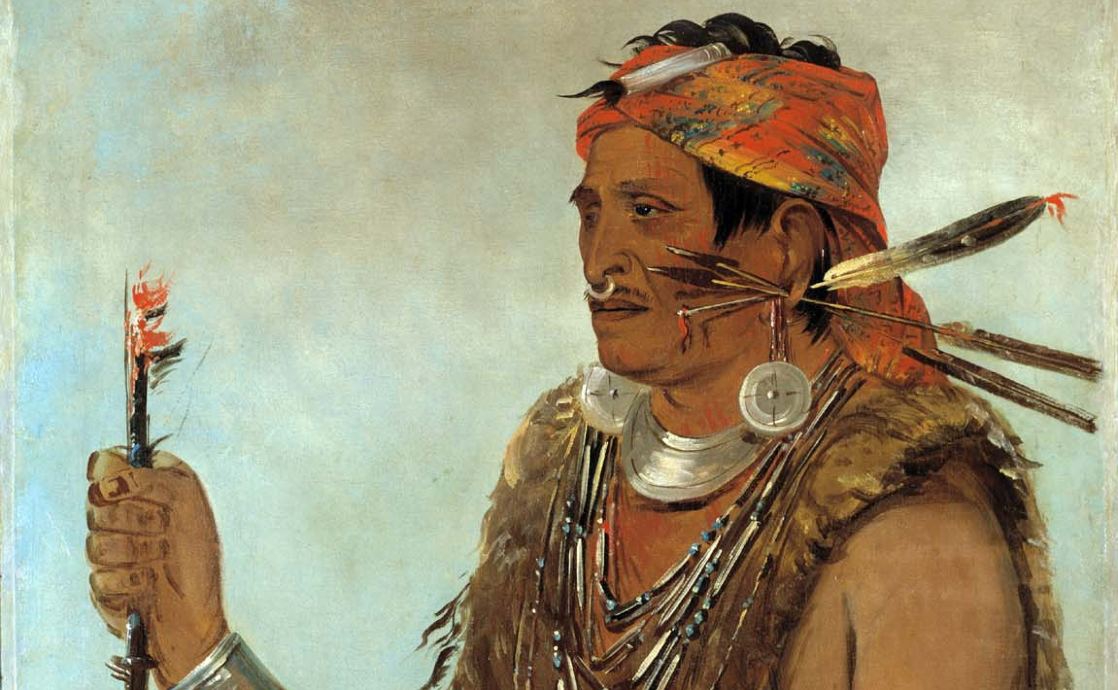
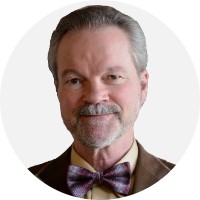
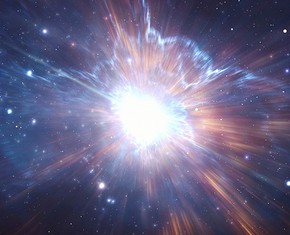
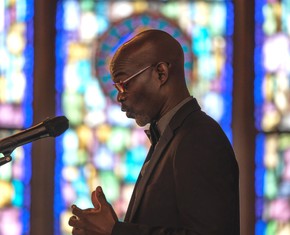
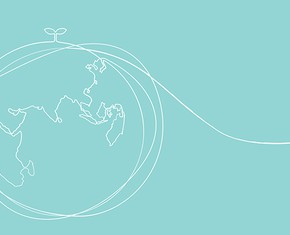









Comments
Sign in or create an account
Continue with Googleor